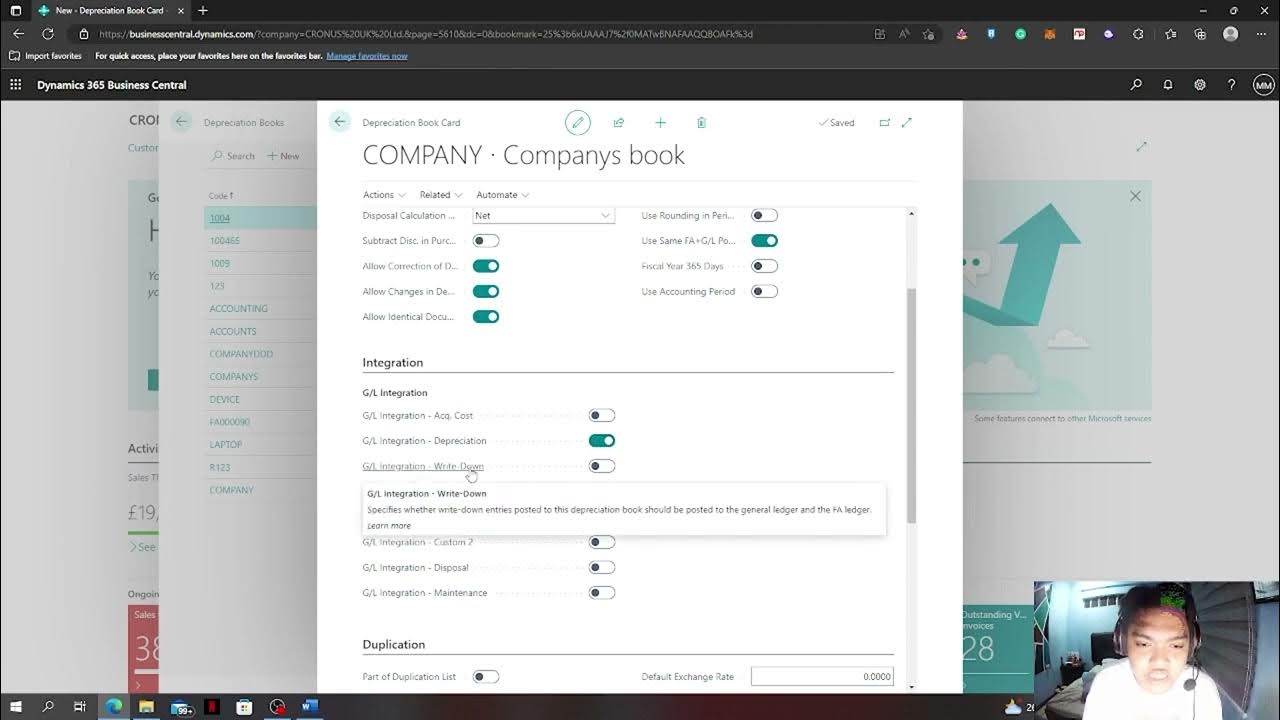A level Business Revision - Profit
Summary
TLDRThis tutorial focuses on the critical concept of profit in A-Level Business. It explains how profit is calculated by subtracting total costs (fixed and variable) from total revenue. The video also discusses the strategic decisions businesses face regarding the use of profits—whether to retain earnings for growth or distribute them as dividends to shareholders. The balance is crucial for business expansion and stakeholder satisfaction, with a cautionary note on potential losses if costs exceed revenue.
Takeaways
- 💼 Profit is a fundamental topic in A-Level Business and is central to understanding business operations.
- 📊 Profit is calculated by subtracting total costs (fixed and variable) from total revenue, which is the sum of sales from all products and services.
- 🏢 Fixed costs remain constant regardless of production levels and include expenses like rent, salaries, and insurance.
- 🔄 Variable costs change with production levels and include costs like raw materials and inventory.
- 💹 Businesses have to balance retaining profits for growth and expansion against distributing profits to owners as dividends.
- 🌱 Retaining profits can be used for internal funding to support business growth without relying on external borrowing.
- 💰 Distributing profits to owners is important as it provides a return on their investment in the business.
- ⚖️ There's a strategic balance that businesses must achieve between retaining earnings for future growth and distributing earnings to shareholders.
- ⚠️ If total costs exceed total revenue, the business incurs a loss rather than making a profit.
- 📝 Students are advised to be prepared for exam questions that may present more complex scenarios, including businesses that make a loss.
Q & A
What is the most fundamental topic in A-level business?
-The most fundamental topic in A-level business is profit.
How is profit calculated?
-Profit is calculated by subtracting the total costs (fixed and variable) from the total revenue generated from selling goods and services.
What is the difference between fixed costs and variable costs?
-Fixed costs remain constant regardless of the scale of production, such as rent and salaries. Variable costs change with the level of output, such as raw materials and inventory.
Can you provide an example of a fixed cost?
-An example of a fixed cost is rent, which remains the same regardless of the number of products manufactured or sold.
What is an example of a variable cost?
-An example of a variable cost is raw materials, which increase as production increases and decrease if production is reduced.
What is the total revenue?
-Total revenue is the sum of money generated from selling a range of goods and services, calculated by multiplying the price of each product by the quantity sold.
What do firms do with their profits?
-Firms can either retain profits for growth and expansion or distribute them to the owners, such as paying dividends to shareholders.
Why might a firm choose to retain profits?
-A firm might choose to retain profits to fund future expansion without relying on external borrowing, thus potentially increasing next year's profits.
What is the purpose of distributing profits to the owners?
-Distributing profits to the owners provides them with a return on their investment and is a common practice at the end of the financial year.
Why is it important for businesses to balance retaining and distributing profits?
-Balancing retaining and distributing profits is crucial for businesses to ensure growth and expansion while also satisfying the owners' expectations for returns on their investments.
What happens if a business's total costs outweigh its total revenue?
-If a business's total costs outweigh its total revenue, the business has made a loss rather than a profit.
How might a loss affect a business's operations and strategy?
-A loss might require a business to reassess its operations, reduce costs, or seek additional funding to avoid bankruptcy and ensure future profitability.
Outlines

This section is available to paid users only. Please upgrade to access this part.
Upgrade NowMindmap

This section is available to paid users only. Please upgrade to access this part.
Upgrade NowKeywords

This section is available to paid users only. Please upgrade to access this part.
Upgrade NowHighlights

This section is available to paid users only. Please upgrade to access this part.
Upgrade NowTranscripts

This section is available to paid users only. Please upgrade to access this part.
Upgrade NowBrowse More Related Video
5.0 / 5 (0 votes)





